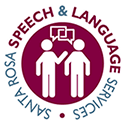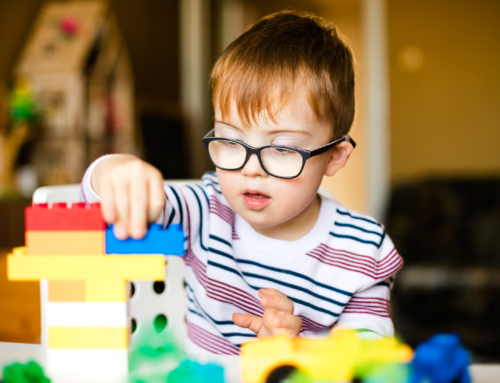Apraxia is a motor speech disorder that affects a child’s ability to plan and coordinate the movements necessary for speech. Children with apraxia may know what they want to say but have difficulty making the appropriate movements to produce speech sounds correctly. Apraxia can be a frustrating and challenging condition for children and their families, but with proper diagnosis and treatment, children with apraxia can make significant progress.
Diagnosing apraxia in children can be complex and involves a comprehensive evaluation by a speech-language pathologist (SLP). The SLP will look for several key symptoms, including inconsistent speech errors, difficulty with volitional or intentional movements of speech, and difficulty imitating speech sounds or words. The SLP may also assess the child’s oral-motor skills, including their ability to move their tongue and lips.
To diagnose apraxia, the SLP may use a variety of assessment tools, including standardized tests, speech and language samples, and observations of the child’s speech during play or conversation. They may also use technology such as ultrasound imaging to visualize the child’s oral structures during speech.
Once a diagnosis of apraxia is made, the SLP can develop a treatment plan tailored to the child’s specific needs. Treatment for apraxia typically involves intensive speech therapy to help the child develop the motor planning and coordination skills necessary for speech production. The SLP may also work with the child’s family and caregivers to develop strategies to support the child’s communication at home and in other environments.
In conclusion, apraxia is a motor speech disorder that affects a child’s ability to plan and coordinate the movements necessary for speech. It can be challenging to diagnose, but a comprehensive evaluation by a speech-language pathologist can help identify the condition and develop an appropriate treatment plan. With proper diagnosis and treatment, children with apraxia can make significant progress and improve their communication skills.

